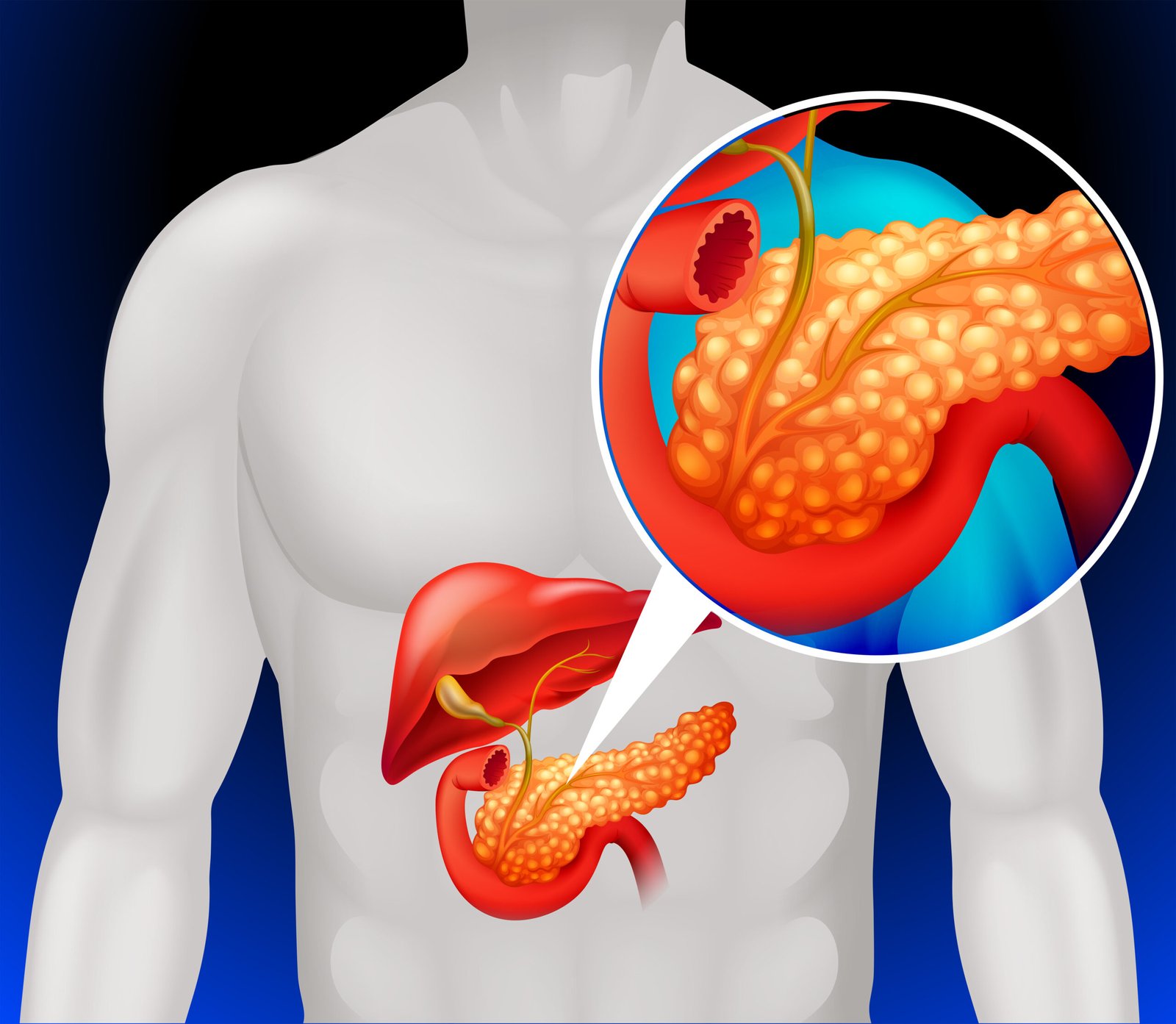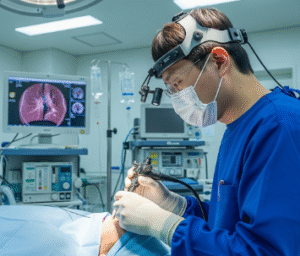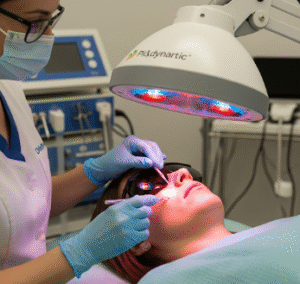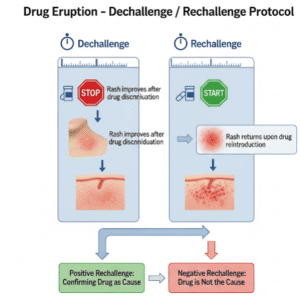Overview
Aldosteronism, also known as hyperaldosteronism, is a condition in which the adrenal glands produce too much aldosterone, a hormone that regulates sodium and potassium levels in the blood. Excess aldosterone leads to sodium retention, potassium loss, and high blood pressure. The condition can be primary (originating from the adrenal glands) or secondary (caused by other conditions affecting hormone regulation).
What is Aldosteronism?
Aldosteronism is a hormonal disorder that causes an imbalance in electrolytes and fluid regulation due to excess aldosterone secretion. Aldosterone is produced by the adrenal cortex and helps control blood pressure by maintaining the right balance of sodium, potassium, and water in the body.
There are two main types:
- Primary Aldosteronism (Conn’s syndrome): Caused by a problem in the adrenal glands, such as a benign tumor (aldosterone-producing adenoma) or adrenal hyperplasia.
- Secondary Aldosteronism: Occurs as a result of other conditions, such as heart failure, liver cirrhosis, or kidney disease, which stimulate excess aldosterone production indirectly.
Symptoms
Aldosteronism may be asymptomatic in early stages or present with the following symptoms:
- High blood pressure (often resistant to medications)
- Muscle weakness or cramps
- Fatigue
- Headaches
- Numbness or tingling sensations
- Increased thirst and urination
- Low blood potassium levels (hypokalemia)
- Irregular heartbeats (in severe cases)
Causes
Primary Aldosteronism:
- Aldosterone-producing adenoma (benign tumor in adrenal gland)
- Bilateral adrenal hyperplasia (enlargement of both adrenal glands)
- Rare genetic conditions (familial hyperaldosteronism)
Secondary Aldosteronism:
- Heart failure
- Chronic kidney disease
- Liver cirrhosis with ascites
- Renal artery stenosis (narrowing of the arteries to the kidneys)
- Dehydration or excessive loss of sodium
Risk Factors
- Family history of adrenal gland disorders
- Long-standing high blood pressure, especially if difficult to control
- Use of diuretics or laxatives
- Low potassium diet
- Kidney or liver disorders
- Female sex (slightly higher incidence in women for primary type)
Complications
If left untreated, aldosteronism can lead to:
- Severe hypertension
- Increased risk of stroke and heart attack
- Left ventricular hypertrophy (heart muscle thickening)
- Kidney damage
- Arrhythmias due to hypokalemia
- Metabolic alkalosis (blood becomes too alkaline)
Prevention
- There is no sure way to prevent primary aldosteronism, but early detection and management of high blood pressure are key.
- To reduce the risk of secondary aldosteronism, manage underlying conditions like kidney disease, heart failure, and liver cirrhosis effectively.
- Avoid excessive use of diuretics or laxatives unless prescribed.
- Maintain a balanced diet with adequate potassium intake.
- Regular blood pressure monitoring and medical checkups.
Treatment Options Korea
1. Confirmatory Testing and Diagnosis
- After screening (elevated aldosterone-to-renin ratio), confirmatory tests include:
- Saline infusion test
- Captopril challenge test
- Adrenal CT scan and adrenal vein sampling (AVS) are used to determine if the condition is unilateral (tumor) or bilateral (hyperplasia)
2. Surgical Treatment (For Unilateral Adenoma)
- Laparoscopic adrenalectomy is the treatment of choice for aldosterone-producing adenoma
- Performed in endocrine surgery departments of major Korean hospitals
- Often results in partial or complete resolution of hypertension and hypokalemia
3. Medical Therapy (For Bilateral Hyperplasia or Non-Surgical Candidates)
- Mineralocorticoid receptor antagonists:
- Spironolactone (first-line)
- Eplerenone (alternative with fewer side effects)
- Control blood pressure and correct low potassium
4. Blood Pressure and Electrolyte Monitoring
- Regular follow-up to assess response to treatment
- Monitoring for side effects like gynecomastia (with spironolactone)
- May require additional antihypertensive agents
5. Cardiovascular and Renal Risk Reduction
- Early treatment helps reduce risk of:
- Left ventricular hypertrophy
- Chronic kidney disease
- Stroke and atrial fibrillation













